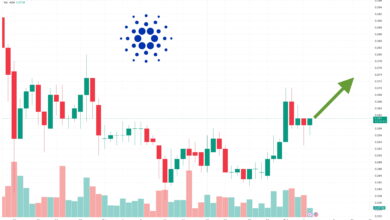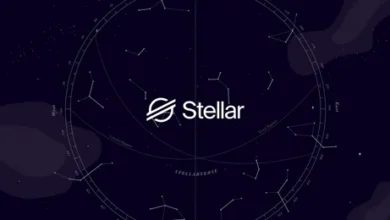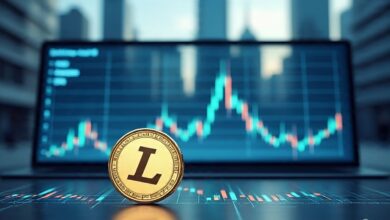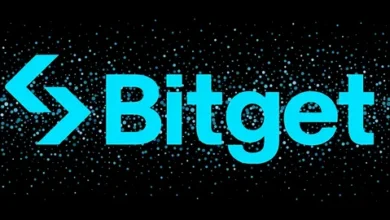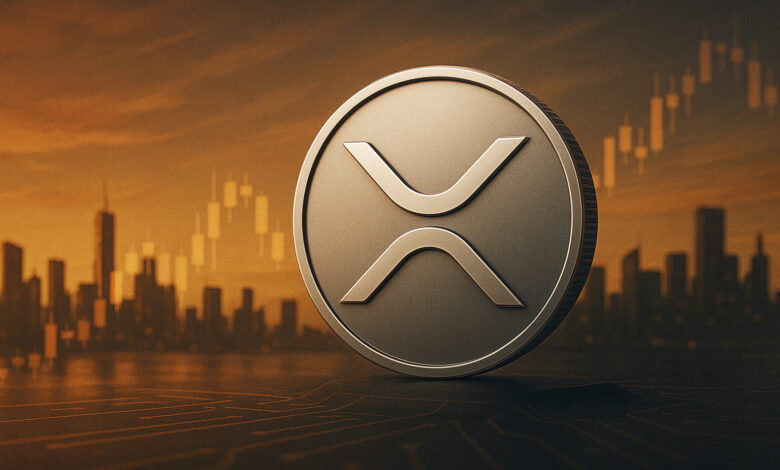
XRP Futures Surge Amid Institutional Adoption Boom
The cryptocurrency market is witnessing a fresh wave of institutional momentum, and at its heart lies XRP futures—now surging with renewed activity as major players shift from cautious observation to active participation. Once relegated to retail trading and speculative circles, XRP is rapidly entering the institutional spotlight, driven by clearer regulation, improved derivatives infrastructure, and real-world utility gains. In this new landscape, institutional adoption is not just a buzzword—it is reshaping how XRP is perceived, traded, and integrated into global financial systems.
In recent months, the launch of futures contracts tied to XRP has been a catalyst. These derivatives are empowering hedge funds, asset managers, and financial institutions to gain exposure to XRP without holding the token directly, while providing hedging and risk management tools. Meanwhile, Ripple’s partnerships in cross-border payments and the resolution of its legal uncertainties have deepened confidence among traditional finance actors. As XRP futures surge, they reflect not only market sentiment but also a structural shift: from crypto as fringe speculation to crypto as institutional-grade asset.
In this article, we explore how XRP futures gained traction, why institutional adoption is accelerating, and what it means for price dynamics, market stability, risks, and future growth. We’ll dive into the drivers behind this trend and unpack what lies ahead for XRP, both as a trading vehicle and a utility token in global finance.
The Rise of XRP Futures as a Market Engine
Launch and Market Entry of XRP Futures
The concept of XRP futures moved from theory to reality when major derivatives platforms introduced regulated contracts. CME Group, a leading derivatives exchange, announced that it would launch cash-settled XRP futures on May 19, 2025, pending regulatory approval. These futures allow traders to take long or short positions on XRP without holding the token itself, using standardized contracts tied to a reference price. The establishment of both standard contracts and smaller micro contracts (for example, 50,000 XRP and 2,500 XRP, respectively) helps balance access for institutional players and smaller participants.
Beyond CME, other exchanges have moved to roll out XRP derivatives. Bitnomial launched a CFTC-regulated XRP futures product to further broaden institutional access. The combination of multiple venues has increased market depth and given institutions a diversified path to influence and trade the XRP futures market.
Key Metrics: Open Interest, Volume, and Growth Speed
What sets the XRP futures phenomenon apart is how quickly liquidity and open interest have surged. In just a few months, open interest in CME’s XRP futures crossed the $1 billion threshold—a speed unmatched by many earlier crypto derivative launches. Some reports highlight that XRP achieved this in about three months. Trades in XRP futures have also rapidly crossed hundreds of millions in notional daily volume, signaling that institutional allocations are not marginal but meaningful in scale.
Compared to Bitcoin or Ethereum futures when they launched, the velocity of adoption for XRP derivatives is remarkable. Solana’s futures likewise achieved a $1 billion mark in open interest within five months, but the relative speed for XRP emphasizes how interest is diversifying beyond the top two crypto assets.
This liquidity influx means price discovery becomes more robust, slippage diminishes, and the futures market can act as a reference point for spot pricing—further cementing XRP’s legitimacy in institutional circles.
Why Institutional Adoption of XRP Is Accelerating
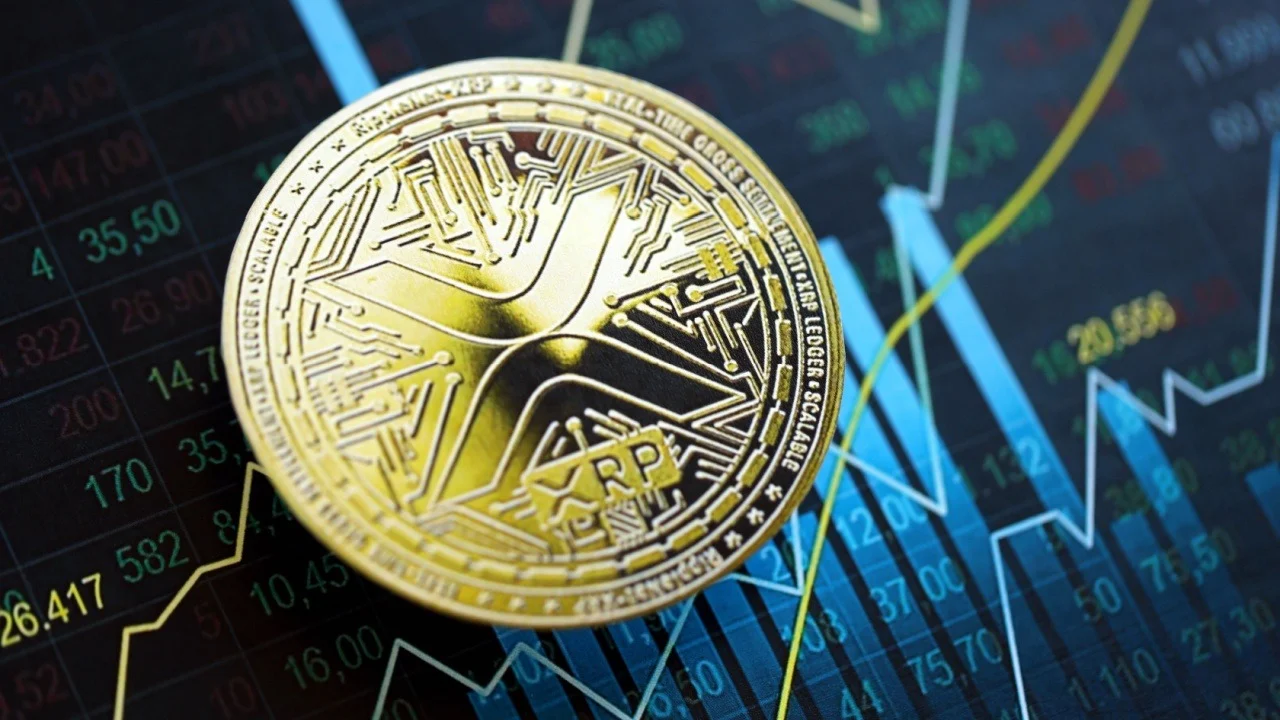
Regulatory Clarity and Legal Resolution
Perhaps no single factor has contributed more to institutional confidence in XRP than regulatory clarity. After years of litigation, Ripple settled with the SEC, which brought resolution to many outstanding legal questions. Importantly, XRP was classified not as a security in secondary markets, reducing legal overhang and making institutional participation less risky.
This clarity has enabled regulated firms—from asset managers to custodians—to treat XRP more like a commodity or digital asset akin to Bitcoin and Ethereum. With fewer unanswered questions around classification and compliance, institutions can structure exposure, custody, and risk management strategies more confidently.
Utility Cross-Border Payments and Real-World Use
XRP’s foundational utility in cross-border settlements remains a major magnet for institutions. Ripple’s On-Demand Liquidity (ODL) service uses XRP as a bridge currency to enable fast, low-cost international transfers. This utility differentiates XRP from many altcoins that lack direct use cases.
Ripple has forged partnerships with financial institutions and payment networks—such as Santander, SBI Holdings, and others—that integrate XRP for liquidity and settlement. As adoption of XRP in real-world corridors rises, institutions see not only a speculative asset but infrastructure that solves a business challenge: settlement speed, capital efficiency, and operational cost reduction.
Furthermore, developments in governance upgrades and liquidity enhancements—such as the XLS-30 AMM upgrade launched in 2025—are improving decentralized liquidity in XRP’s ecosystem, making integration easier for institutional participants.
ETF Momentum and Derivative Infrastructure
Institutions often prefer easier access without managing the complexities of custody, regulatory compliance, and asset security. Exchange-Traded Funds (ETFs) offer precisely that wrapper. The presence of a well-functioning futures market is often a prerequisite for crypto ETFs in many jurisdictions. With XRP futures now active, the path to XRP-based ETFs is clearer than ever.
Already, multiple spot ETF filings for XRP are in motion, and leveraged futures-style ETF products have appeared. If approved, these ETFs could provide institutional capital ingress at scale, further reinforcing institutional adoption of XRP beyond just derivatives. The derivative infrastructure around XRP—liquid contracts, custodial support, regulated exchanges—is now maturing to support this inflow.
Impact of the Futures Surge on XRP Price Dynamics
Enhanced Price Discovery and Reduced Volatility
The presence of an active futures market inherently contributes to price discovery. Because futures embed forward expectations, they help bridge the gap between spot demand and anticipated demand. As more institutions trade XRP futures, the spread between futures and spot narrows, signaling tighter market structure and more transparent pricing.
Additionally, higher liquidity from institutional participation tends to dampen extreme volatility. Large orders are less likely to move markets dramatically when trading depth is robust. In effect, the futures surge can act as a stabilizing layer during sharp price swings.
Leverage, Hedging, and Arbitrage Flows
One of the prime attractions of futures is leverage—institutions can control larger exposure with less capital. This accelerates capital efficiency and allows dynamic positioning. Concurrently, hedging is possible: firms holding XRP (or participating in settlement operations) can use futures to manage downside. This reduces unhedged risk exposure, which is often a barrier for institutions in volatile markets.
Arbitrage between futures and spot markets also intensifies. When futures trade at a premium or discount to spot, arbitrageurs can exploit the deviation, which drives convergence. This arbitrage mechanism tightens bid-ask spreads and enhances market efficiency.
Momentum, Sentiment, and Self-Reinforcing Cycles
Institutional flows into XRP futures can amplify momentum. As large players establish positions, momentum traders and algorithmic strategies may follow the trend, fueling further demand. That can create a self-reinforcing cycle, whereby price appreciation begets more allocation, which attracts more futures trading, which further supports price.
However, this also means the futures market can exaggerate swings if sentiment shifts. If institutions rush to unwind positions, the leverage effect can accelerate downward moves. So while XRP futures’ surge can heighten upside potential, it also underscores the importance of risk management in institutional strategies.
Risks, Challenges, and Market Headwinds
Regulatory Reversals and Oversight Uncertainty
Despite recent clarity, regulatory landscapes remain fluid. Shifts in securities law interpretation, policy changes, or new oversight over crypto derivatives could alter institutional appetite. Any reversal or renewed enforcement could chill momentum.
While the U.S. SEC settled its case with Ripple, past rulings still held that certain institutional XRP sales were unregistered securities offerings. Regulators might revisit those distinctions or interpret them more strictly. Institution-scale capital is particularly sensitive to legal risk.
Internationally, jurisdictions may regulate XRP (or crypto derivatives broadly) differently, introducing fragmentation or constraints on cross-border flows. Institutions must navigate multi-jurisdiction compliance, which can slow adoption.
Liquidity Shocks and Leverage Risks
The rapid inflow into XRP futures is beneficial, but large leveraged positions exacerbate downside risks. If for any reason institutions unwind in mass—perhaps triggered by macro events or regulatory dent—liquidity stress may be severe, leading to price gaps and cascading liquidations. Also, the maturity structure of futures contracts can lead to roll costs or backwardation if market expectations shift sharply. Institutions must manage funding rates, margin requirements, and counterparty exposure.
Competition from Alternative Assets and Technologies
Even as XRP strengthens its case, it competes with other digital assets (like Bitcoin, Ethereum, Solana) and alternative settlement technologies (like CBDCs, stablecoins, or interbank networks). If regulators strongly favor one model over another, or if CBDCs become default rails for cross-border flows, XRP’s utility edge could erode.
Moreover, performance expectations are high: if XRP fails to deliver on adoption, speed, or cost advantages, institutional enthusiasm could wane, and speculative flows may recede.
What This Means for the Future of XRP
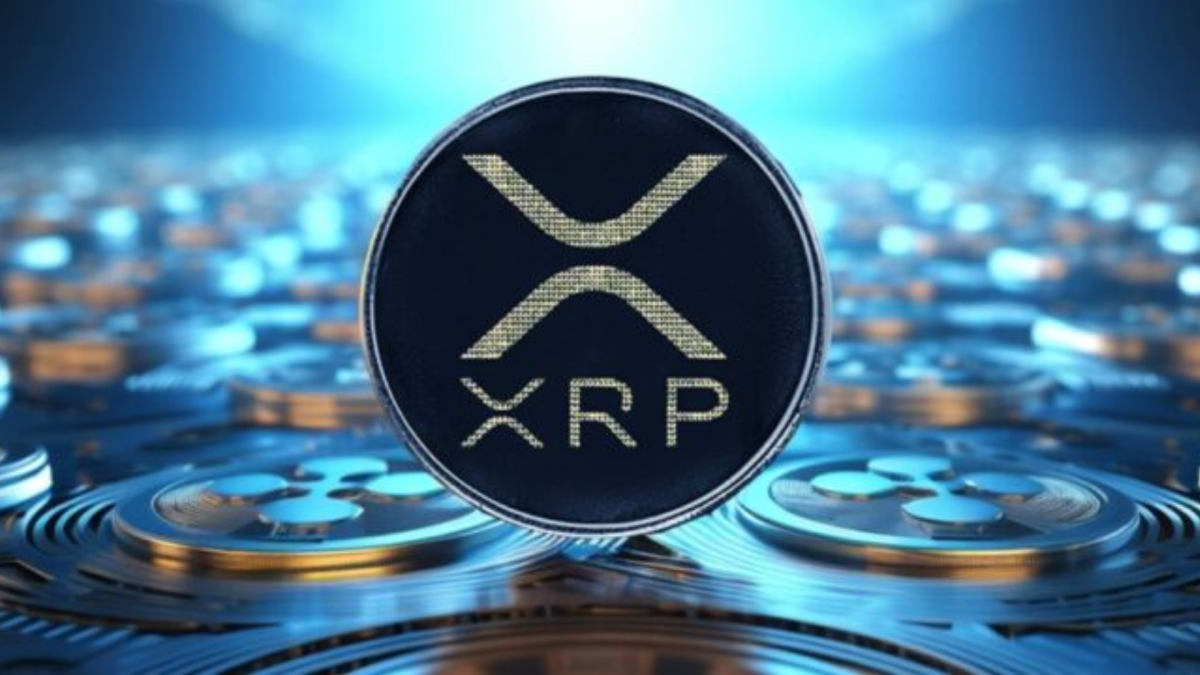
Possible Price Trajectories and Institutional Inflows
Given the infrastructure now in place, many analysts see XRP as well-positioned for a multi-dollar price environment. Some forecasts pointing to $3.20 to $3.50 levels hinge on institutional inflows and ETF deployment. If ETF approvals unlock billions of capital, XRP may see significant upward pressure.
Institutional allocation trends may replicate what we saw in Bitcoin and Ethereum: an initial period of cautious entry, followed by scale allocation once proof of infrastructure and regulation is evident. XRP is now crossing that inflection point.
Broader Role in Finance and Capital Markets
The maturation of XRP derivatives markets opens doors beyond pure trading. XRP could become a reserve asset for funds and institutions that operate in fintech, cross-border flows, or tokenized asset systems. As Ripple expands into real-world assets (RWA) and prime brokerage infrastructure (such as its acquisition of Hidden Road), XRP could become embedded in institutional financial rails.
XRP’s role as a bridge token in settlement may strengthen, especially if payment providers and banks adopt its rails. Over time, the token may shift from being perceived solely as speculation to being viewed as a necessary infrastructure component in global finance.
What Institutions Should Watch
Institutions entering XRP futures should monitor regulatory developments, custody protocols, liquidity across venues, correlation with macro assets, and the rate of real-world adoption. Strategic hedging is crucial, and the timing of allocation should consider market cycles and ETF rollouts. As futures markets deepen, institutions may also diversify into options and structured products built on XRP.
For retail participants and smaller stakeholders, the institutionalization helps by reducing volatility and elevating market infrastructure; however, it also means competition with large capital flows, which calls for prudent risk management.
Also Read: XRP and $XRT Surge with Liquid Staking and Institutional Growth
Conclusion
The XRP futures surge is more than a passing market event—it is a signal that institutional adoption is no longer a distant possibility but a present reality. The convergence of regulatory clarity, robust derivatives infrastructure, and real-world utility has unlocked a new chapter for XRP, where it is increasingly treated as an investable and functional digital asset in global finance.
As institutions integrate XRP futures into portfolios, hedge positions, and prepare for ETF inflows, the token’s trajectory may shift from speculative waves to structural growth. Yet, with that opportunity comes responsibility: participants must navigate regulatory flux, manage leverage, and respond to macro currents. The stakes are high, but so is the reward potential.
If you’re following XRP’s evolution, the interplay between futures flows, institutional sentiment, and competitive landscape will be key to watching. The rise of XRP in institutional finance is no accident—it’s a carefully engineered outcome of infrastructure, strategy, and momentum.
Frequently Asked Questions
Q: What exactly are XRP futures, and how do they differ from holding XRP directly?
XRP futures are derivative contracts that allow traders to take long or short positions on the price of XRP without owning the underlying token. They are standardized in size and settle to a reference price. Because they are cash-settled (or in some cases physically settled), you do not hold the XRP itself. This differs from spot trading, where you exchange fiat or crypto to own the token directly, bearing custody, wallet security, and transfer risk.
Q: Why do institutions prefer futures exposure over direct token holdings?
Institutions often favor futures exposure because they can avoid the complexity and legal risk of custody, manage margin and liquidity more efficiently, and hedge downside risk. Futures also allow leverage and easier integration with existing risk management systems. Having a regulated, familiar instrument lowers the barrier to entry.
Q: Does the growth in XRP futures guarantee price increases?
No guarantee exists, but growth in futures often signals strong demand, which tends to support price appreciation and better market structure. However, markets are unpredictable, and leverage can amplify both gains and losses. Institutional flows may also exit quickly in adverse conditions. So while rising futures are a positive indicator, it is not a definitive predictor.
Q: What are the biggest risks for institutions investing in XRP futures?
Key risks include regulatory reversals or renewed enforcement, liquidity shocks, leverage-induced losses, and competition from alternative technologies like CBDCs or stablecoins. If market sentiment shifts or regulatory winds change, large leveraged positions may unwind rapidly, putting pressure on price.
Q: How will XRP’s institutional adoption impact everyday traders and retail investors?
Institutional adoption generally leads to deeper liquidity, narrower spreads, and improved market infrastructure—benefits for retail traders. However, large capital flows may dominate price moves, making timing more difficult. Retail investors should remain cautious, use defined risk strategies, and view institutional trends as one signal among many.

